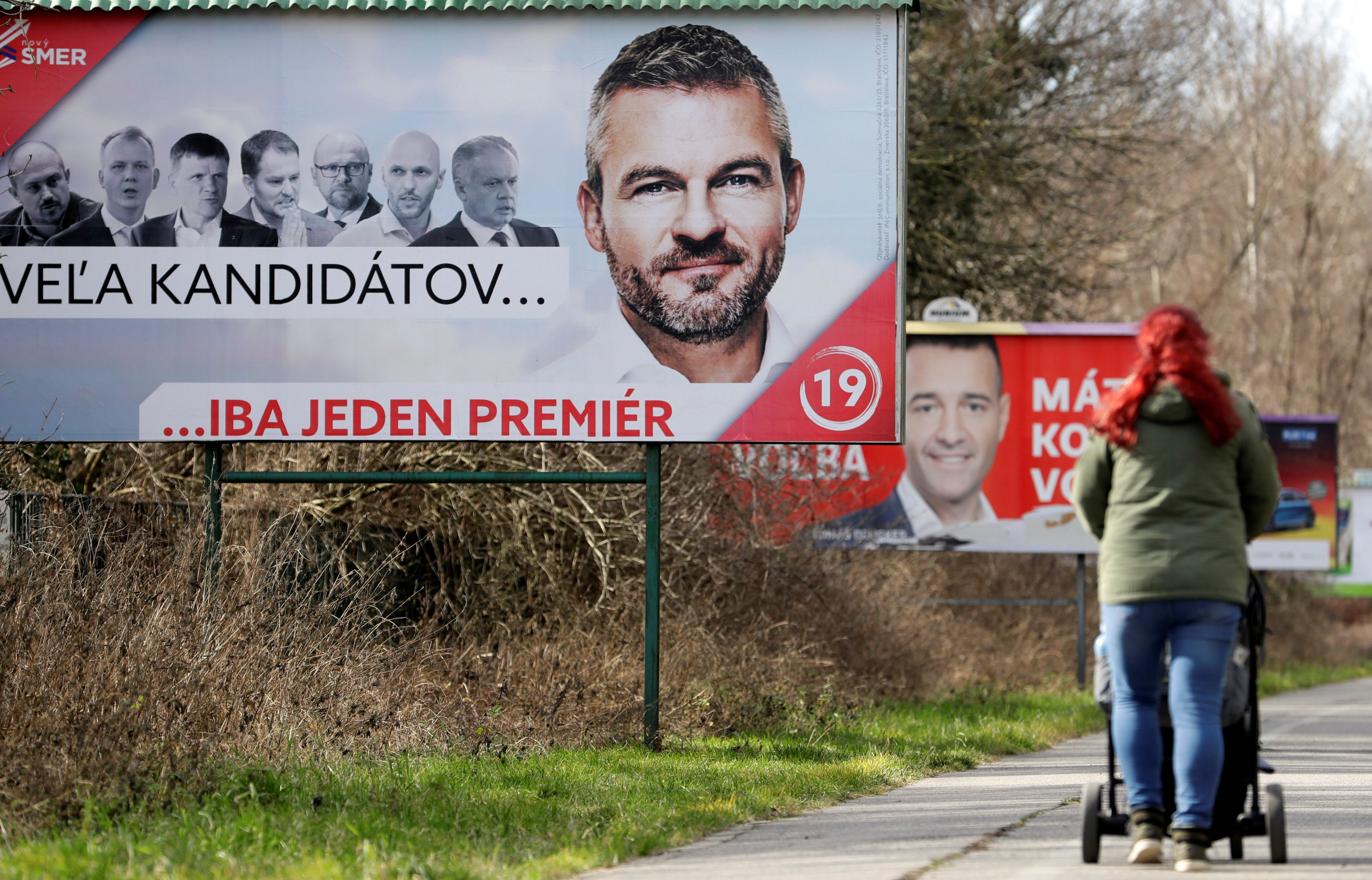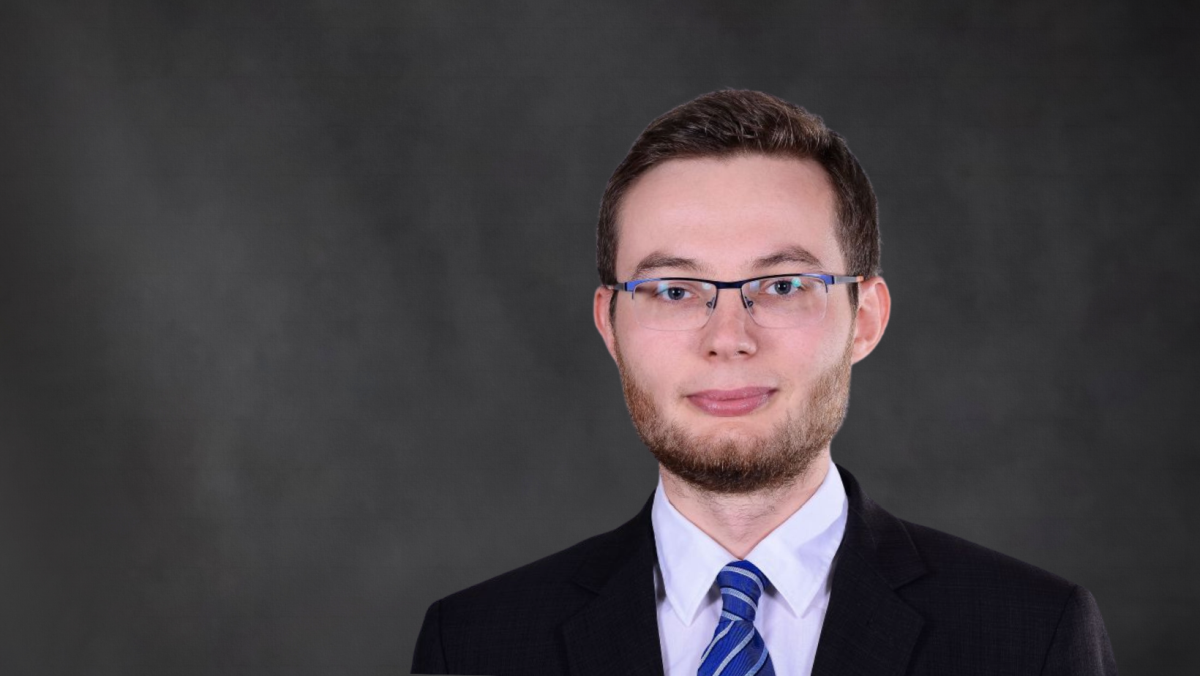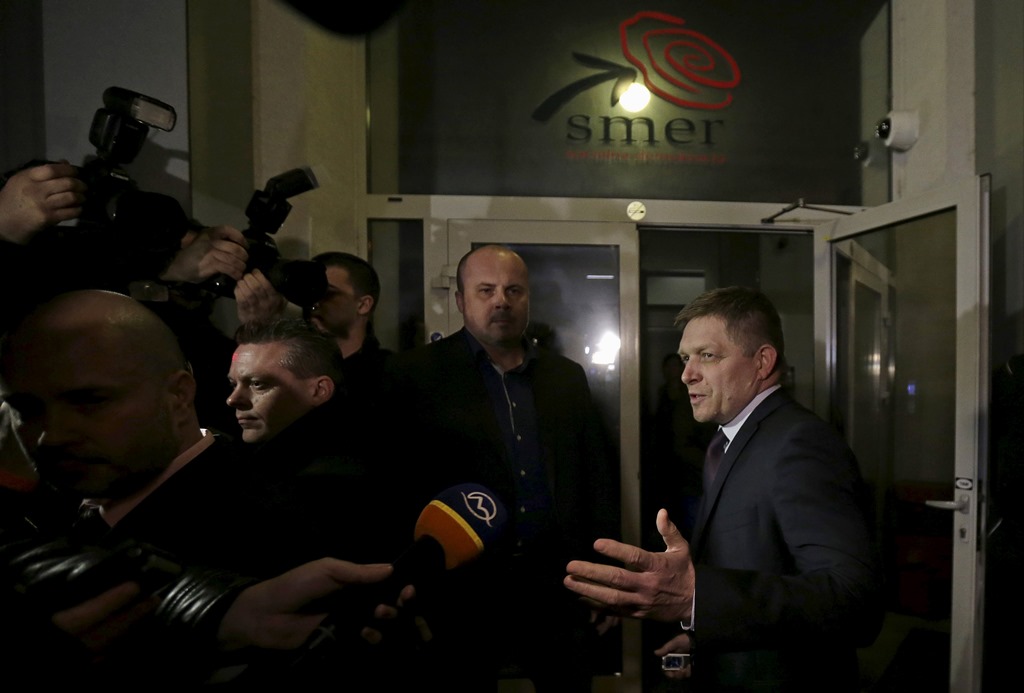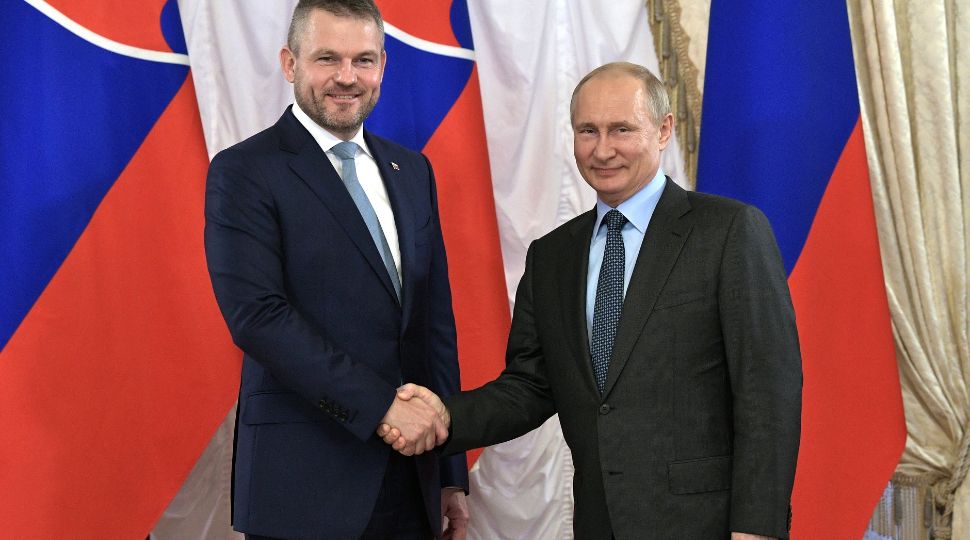Slovak Parliamentary Elections

Position of the Current Coalition
Smer, ruling for 14 years (with a break in 2010–2012) has been losing support. This year’s election will likely confirm that trend. It was visible in the 2019 elections to the European Parliament and in the 2018 local elections. While in the 2016 parliamentary elections Smer obtained 28.3% of the votes, polls from the first half of February this year put the party at less than 20%. The party, which has 48 deputies in the 150-member unicameral National Council, has been challenged by, among other things, the ongoing investigation into the murder of investigative journalist Jan Kuciak and his fiancée. Although those accused of the murders are linked to politicians of several parties, the investigation is most unfavourable for Smer. The case has made internal security and the transparency of public institutions the main topics of this election campaign.
In the last weeks of the campaign, Smer sought to stop a further decline in polls by launching costly social programmes, including a “13th pension” (extra month). Smer also resurrected the concerns about migration, which dominated the 2016 campaign, by offering assurances of the effective protection of the EU’s external borders, supported by a joint visit of Slovak prime ministers Peter Pellegrini and Hungary’s Viktor Orbán to the Hungarian-Serbian border in February. The public support for Smer is influenced by the popularity of Pellegrini, who in March 2018 replaced Prime Minister Robert Fico, the party’s current chairman. According to a survey carried out in January, the prime minister enjoys the trust of 39% of Slovaks, which is second-highest, after President Zuzana Čaputova (58%).
Maintaining the coalition in the current composition will be impossible given the likely decrease in support for the Slovak National Party (SNS), which has 16 seats now, and Most-Híd, representing the Hungarian minority, which has 10 seats. Both parties will fight just to exceed the 5% electoral threshold. Because of Most-Híd’s rivalry with the coalition of three other parties called the “Unification of the Hungarian Community”, and given the negative polls, Hungarian minority parties may be out of the National Council for the first time.
Broad Liberal–Centre-right Front
An alternative to a government centred on Smer is a cabinet of several parties. These include conservative groupings already present in parliament: Freedom and Solidarity (SaS) and Ordinary People and Independent Personalities (OĽaNO). Thanks to their splashy critiques of Pellegrini’s cabinet, as well as initiatives such as an online survey about the programme of the future government, OĽaNO leader Igor Matovič has won the focus of public attention in the last weeks of the campaign and his party is second after Smer in opinion polls. A coalition of SaS and OĽaNO could be joined by the Christian Democratic Movement, which ruled in the past, as well as groups formed in the last three years. These include the centre-right parties “For People” of former President Andrej Kiska, “Good Choice”, formed by the former Interior Minister Tomáš Drucker, and “Together”, which is an electoral coalition with liberal Progressive Slovakia (PS).
The opposition’s situation is complicated by its fragmentation. The emergence of new groupings against Smer has led to competition for a similar electorate. The co-creation of government by many parties increases the risk of its collapse in the event of conflicts over ministerial nominations or programmatic issues. This was the case in 2011 when the four-party government of Iveta Radičova lost its parliamentary majority as a result of a dispute about granting EU financial assistance to Greece.
The Rise of Slovak Radicalism
Marian Kotleba of the extreme right-wing People’s Party of Our Slovakia (L’SNS), which demands to leave the European Union and NATO, benefits most from the weakening of Smer in the polls. Since 2016, when L’SNS first entered the National Council (where it has 10 seats), the party has partly lost its anti-system character. By supporting the government in voting, such as on lowering the retirement age, it showed a readiness to join a future government with Fico’s party.
However, Kotleba’s party’s entry into a future government is unlikely. The establishment of a Smer-L’SNS coalition would shame Fico’s party—both abroad and among many of its voters. In addition, President Čaputová probably would refuse to accept ministerial nominations from L’SNS. The anti-immigrant “We are the Family” of billionaire Boris Kollar is a party that may prove needed in obtaining a parliamentary majority, both for Smer and the liberal-rightist bloc.
Future Foreign Policy
Regardless of the composition of the future government (excluding L’SNS), the main directions of foreign policy will not change. The Slovak authorities will continue to strive for deepening EU integration, which results from the position of both Smer and most liberal and centre-right parties. The new government will strive to meet NATO commitments and decide whether to enter into a defence cooperation agreement with the U.S. The agreement’s delay, caused so far by the position of SNS, the most pro-Russia party in Slovakia, threatens U.S. financial support for the modernisation of Slovak air bases.
Relations with China may also pose a challenge due to differences between the parties in the context of the possible exclusion of Huawei from tenders for the construction of a fifth-generation (5G) cellular network in the country. Germany’s position on this matter will be an important reference point.
The lack of SNS in the future cabinet would weaken efforts to improve relations with Russia. Such efforts are also visible within Smer. On 26 February, Pellegrini met in Moscow with Russian Prime Minister Mikhail Mishustin, the first head of an EU government to do so. Increased influence over foreign policy by PS or “For People” would probably translate into a more critical stance towards Russia.
If PS wins the foreign ministry, that probably will mean less involvement of the new government in the work of the Visegrad Group and in improving Slovak-Polish relations. Politicians in this party propose, on the one hand, limiting cooperation with Hungary and Poland and, on the other, intensifying relations with France, Germany, Finland and others.
Conclusions and Perspectives
The upcoming election will most likely confirm the division of the Slovak political scene into three main forces: a weakened Smer, a right-wing liberal bloc of several parties, and a reinforced extreme right. At least as many parties as in 2016 will probably join the National Council—at that time there were eight parties. The liberal-right-wing opposition will be fragmented the most. In conjunction with the lack of a dominant party around which a government can form, it is likely that Slovakia will face coalition talks for several weeks and, in the event of their failure, early elections. Possible problems in the formation of the government may weaken Slovakia’s involvement in the EU negotiations of the Multiannual Financial Framework or in the work of the V4, the chair of which Poland will assume in July.
Due to the loss of seats and limited coalition capacity, it will be difficult for Smer to form a coalition even if it wins a plurality of seats. This will be an opportunity for right-wing and liberal parties to form a government. If the election result confirms the positive poll numbers for OĽaNO, its leader, Matovič, will be the most serious contender for the post of prime minister. The establishment of a right-wing liberal coalition cabinet would translate into closer cooperation than currently between the government and President Čaputova, who originates from PS. Thus, coherence in foreign policy, which in Slovakia is run by the government but with the actual participation of the president and chairman of the National Council, would increase. In turn, political relations with Poland may deteriorate if PS is responsible for foreign policy.





